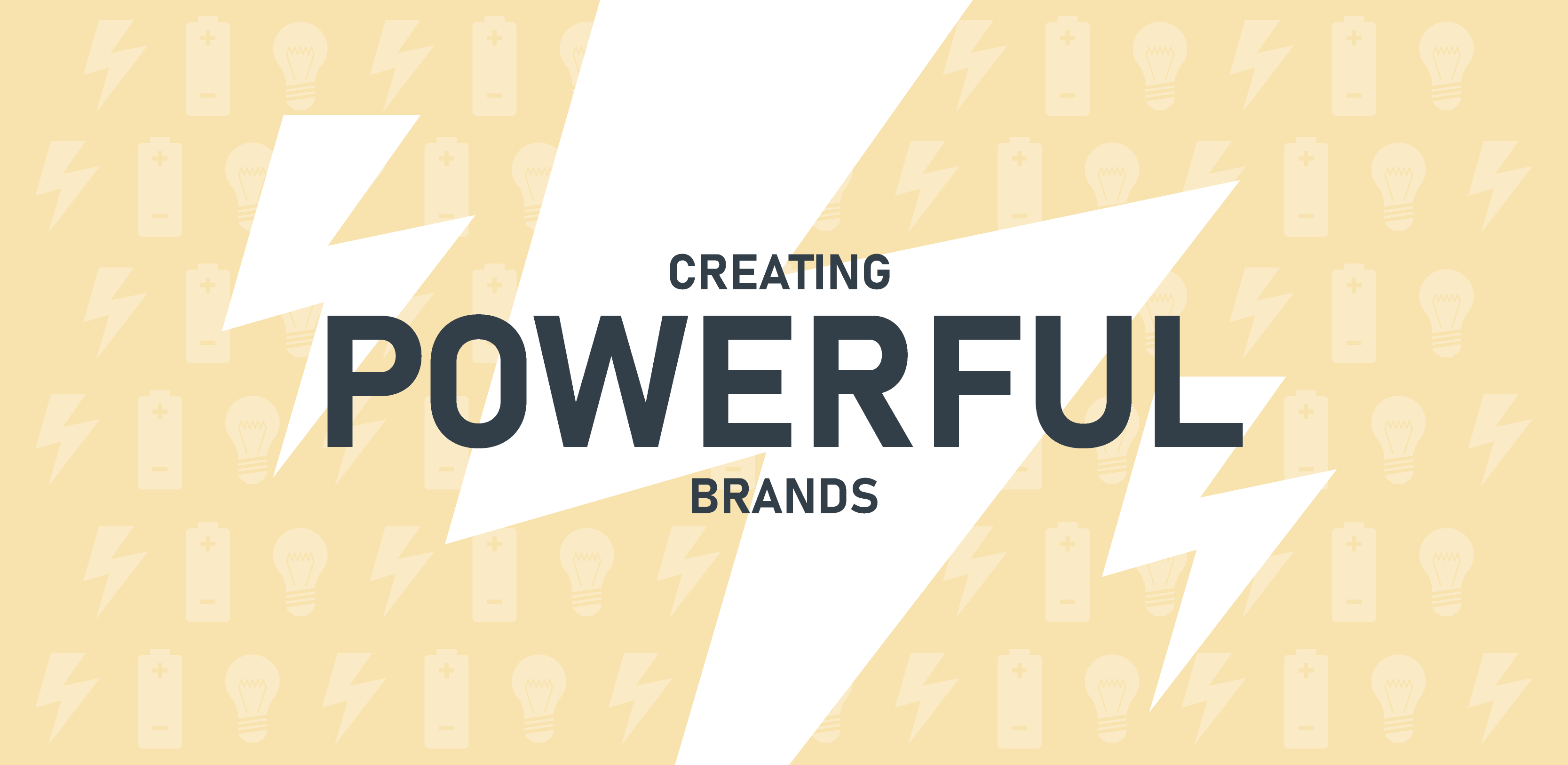Powerful brands know exactly why they exist. They know what makes them stand out, and what makes them different. They have a story, told in their own unique way. And it all comes from the brand energiser. So how do you find your brand energiser? Well, our journey to developing powerful brands always starts from within. We find our answers by talking to the people within the business, but most importantly by understanding the role the brand plays in the life of the customer.
This blog hopefully gives some ideas on how to develop a powerful brand that stands out in an ‘always on’ world.
The journey to developing a powerful brand
To make things nice and clear, we’ve got a really simple three-sprint process that we take businesses through, to tackle any challenges they have with developing their brand. This creates a clear journey to the end goal, and ensures all bases are covered in terms of unearthing insights and developing great brand ideas.
Here are 5 key elements we cover on that journey:
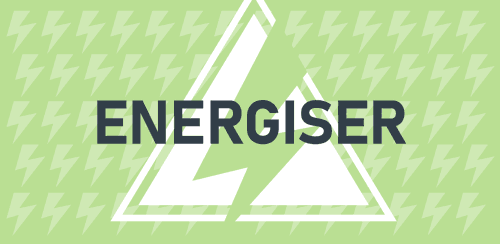
1. Use key insights to develop your brand energiser
A brand positioning should always be developed from solid insight, and there are three key insights which we always use to create a brand energiser. So what are they?
Market insights
Understanding the market gives us context in which to place our brand. Who are the competitors, what’s their story, what and how do they look, sound and behave? What’s their offering? Is it a price or service-led proposition? What about other market forces – political, economic, social and technological trends – that may affect the way our brand is positioned?
Audience insights
It’s also essential to build a picture of who we are talking to. Are they a consumer or business customer? What are their needs, wants and motivations? What else do they have going on in their world that competes for their attention? How do they behave when buying what we are offering? What is their attitude and approach to buying? To develop this understanding of how our audience operates, we download customer data, look at analytics, and conduct interviews, surveys and focus groups as a first port of call.
Business insights
With the context of the market and an understanding of the audience, we then turn our attention to scrutinising the business. First we establish the essentials; the functional stuff. Like what products, services and accreditations the business can offer. We also suss out the basic systems that they must have in place to operate, such as call centres and social media customer service.
But then we get to work in identifying what really makes the business, and the brand, special. What is it that makes them stand out from the competition?
We call this the brand energiser. Defining this is the single most important part of the brand development process – the act of shaping the hook we are going to hang our brand hat on.
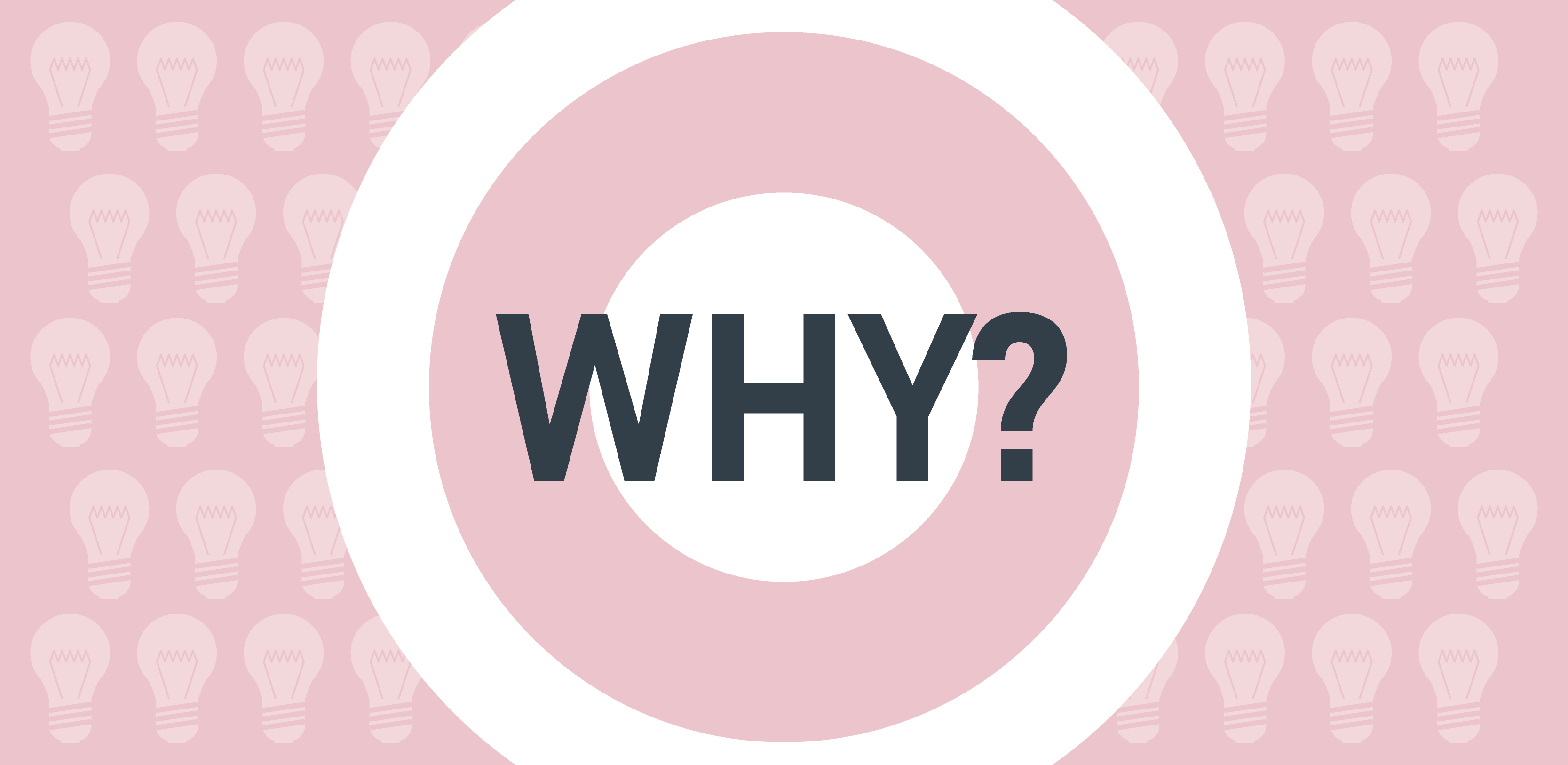
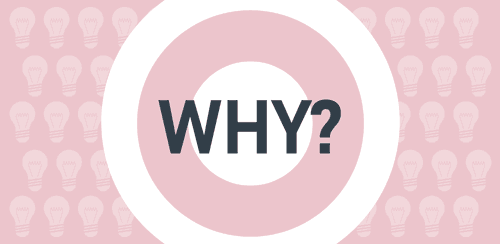
2. Define the brand’s ‘why’. Everything flows easily from ‘the why’.
Everyone has seen and heard Simon Sinek’s TED Talk about ‘defining the why’. By goodness, it’s a great tool to use in defining a brand. We develop the ‘why’ statement and from there we build our brand stories – which are the core messages that support our raison d’être.
A recent example of defining a great ‘why' was with tech challenger brand Moneyshake. Their ‘why’ is ‘to help customers cut through the clutter and get the very best car lease deals for them’. This translated into a strapline of ‘Car lease deals without the ordeal,’ and a brand story centred around making it easy for customers to realise their ambitions and choose the car of their dreams.
A clear ‘why’ and a stand out, memorable, insight-led strapline. Voila.
Check out our Moneyshake brand identity case study here.
3. Before you create, develop a number of brand territories
Once we’ve established the brand energiser, we use it to identify a few different brand territories and personalities. This can be done by drafting the brand story in the style of different brand archetypes – such as the Hero (Compare the Market), the Caregiver (Bupa), the Joker (Go Compare) and the Creator (Monzo).
Developing up to three of these territories helps start a conversation with brand stakeholders around what the voice of the brand is going to be, and how we see the brand story coming to life.
4. Take time over crafting your brand story
More than ever before, today’s brands need a genuine and rich storyline. That’s why we spend time crafting the brand story, and creating a number of themes within the story that can be dialled up and down to engage different audiences. Examples might include a brand’s history, its commitment to quality products, or its attitudes to sustainability.
We then bring the story to life in multiple forms, to ensure that it can always do its job in an ‘always on’ world. Social media, for example, provides great opportunities to tell a story in countless different ways, with both long and short copy, static and animated imagery, micro-moments that only briefly interrupt scrolling, and longform brand films.
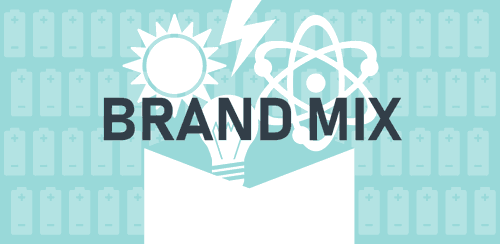
5. Crystallise the brand into a bible you can all live by
The final leg of the brand development process is to create something the business is going to live and die by. Something that lives beyond the brand and marketing team and something that inspires people to embrace the ‘why’, and embody everything the brand stands for.
A book or bible is good for the brand and marketing team, but generally these documents sit in a file (or Microsoft Teams) and get dusted off when a designer or copywriter asks for them.
We’ve found the most effective communication of the brand is in video form. This can then be played at monthly huddles and on screens around the office, and hosted on the intranet. Giving the words and visuals that bring the brand to life the time they need to embed within the organisation. And allowing a business’s people to start feeling really proud about where they work.
